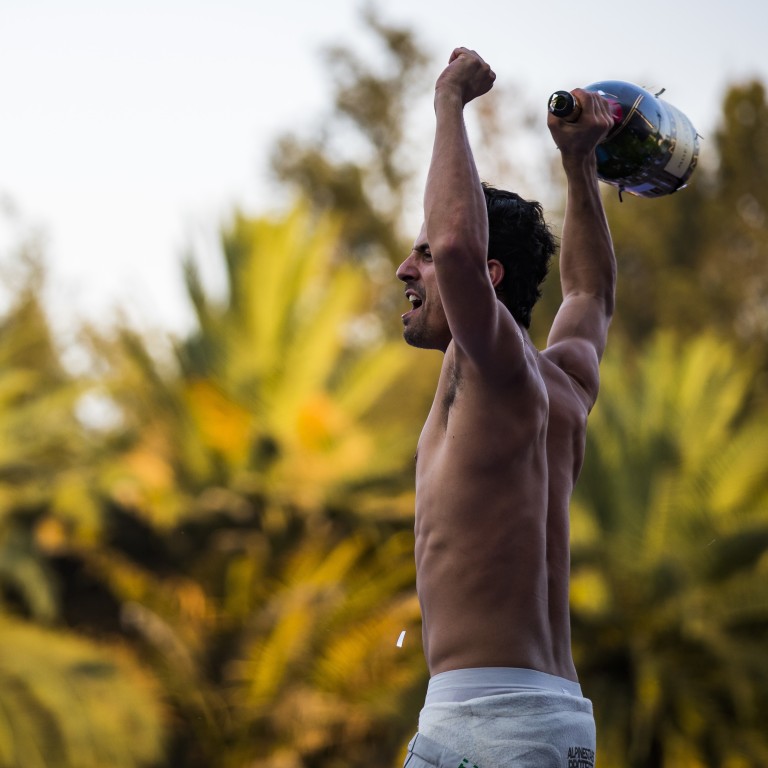
Formula E is coming of age in season five – it’s no longer trying to copy Formula One, and that’s a good thing
- Changes to format and cars add to competitive chaos and create distinct feel
- Electric racing series more thrillingly unpredictable than ever heading into Hong Kong
Sitting high up in The Upper House Hotel last summer, Formula E founder Alejandro Agag was excitedly previewing the upcoming fifth season.
“We have a great line-up of drivers, second only to Formula One,” he told the South China Morning Post, after the additions of F1 stars Felipe Massa, Stoffel Vandoorne and Pascal Wehrlein. “Apart from that we are probably the best in the world.”
If anything has held Formula E back slightly since its inception five years ago, it’s a perceived attempt to try and measure up to F1.
But, four races into season five, the all-electric series is finally finding a niche of its own – because it has stopped playing copycat.
“This season has exceeded all expectations and we already had lofty ambitions,” Agag said. “Season five was meant to be the year that Formula E came of age, with the new car and new race format and it’s certainly done that.”
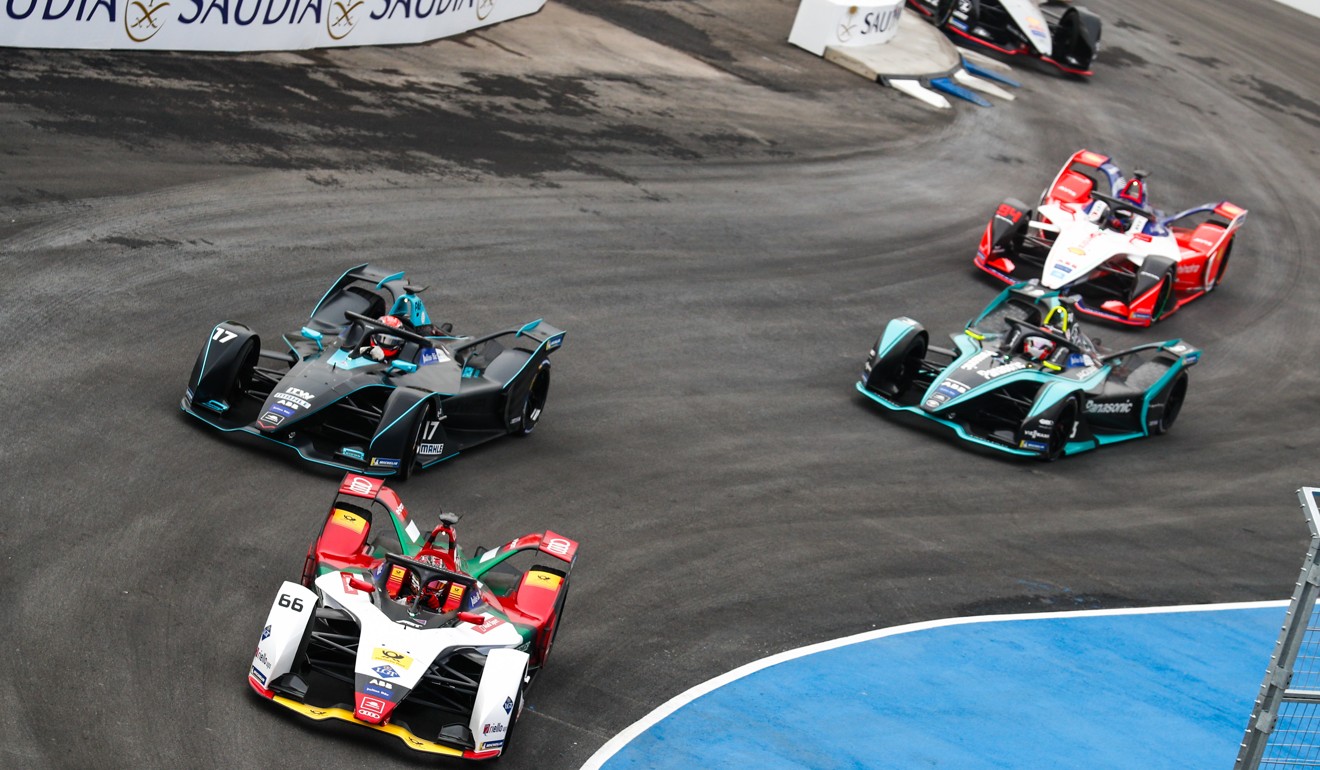
The new “Gen2” cars are a futuristic design Agag compared to “Batmobiles” and they give Formula E a unique look.
“Attack mode” is another welcome addition, where cars can earn a temporary power boost by driving off the racing line at certain points of the track.
Races are now also timed for 45 minutes plus one lap – each E-Prix’s distance varies, with race pace and potential disruptions like safety cars meaning the final number of laps is unknown. It adds to the unpredictability, with teams having to juggle energy management.
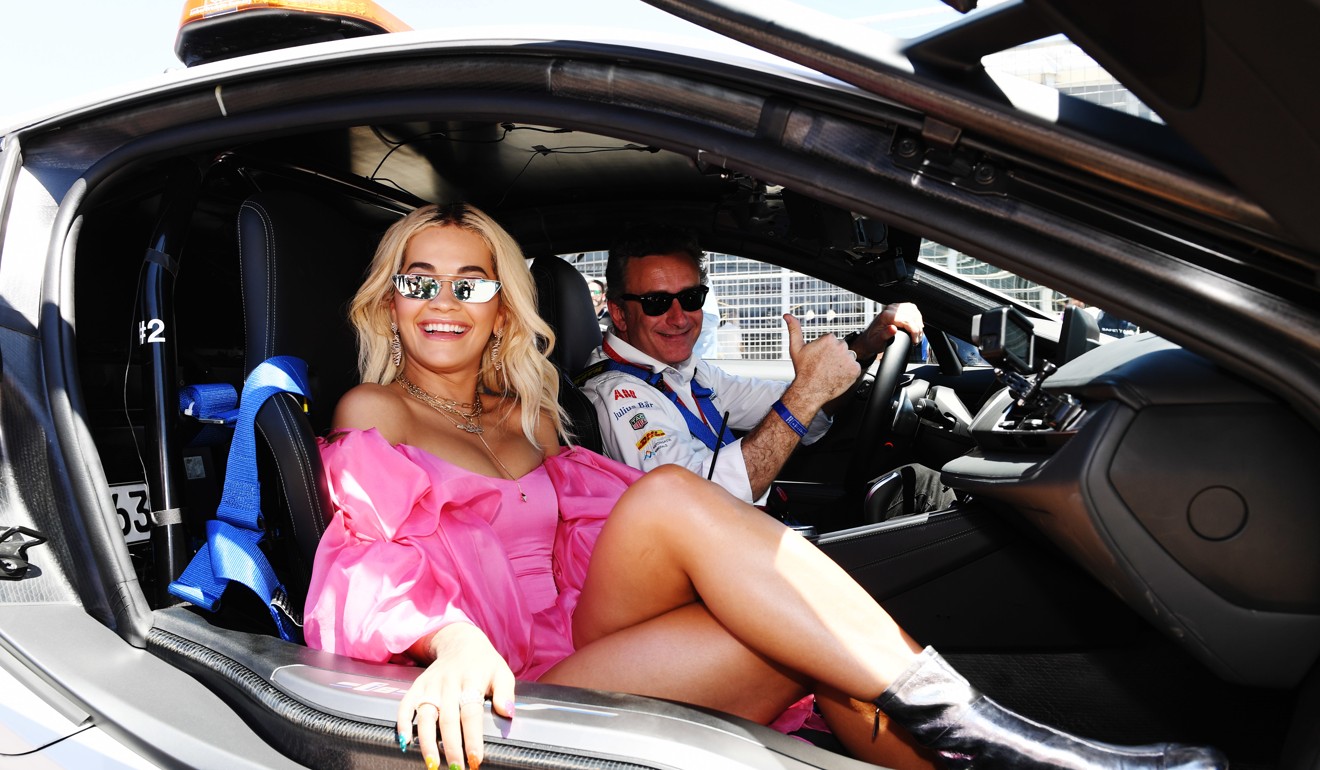
Gone are the annoying car changeovers halfway through races, too – the new battery lasts a full race, meaning uninterrupted action.
“With all the changes and uncertainty, I couldn’t have asked for more and this new era has retained the best attributes of the series – the competitiveness and unpredictability that has come to epitomise Formula E,” Agag said.
“The car has shown both speed and reliability, and it looks stunning out on track. Pair that with attack mode and timed races introduced for this season, it has created a racing spectacle unlike anything else in motorsport.”
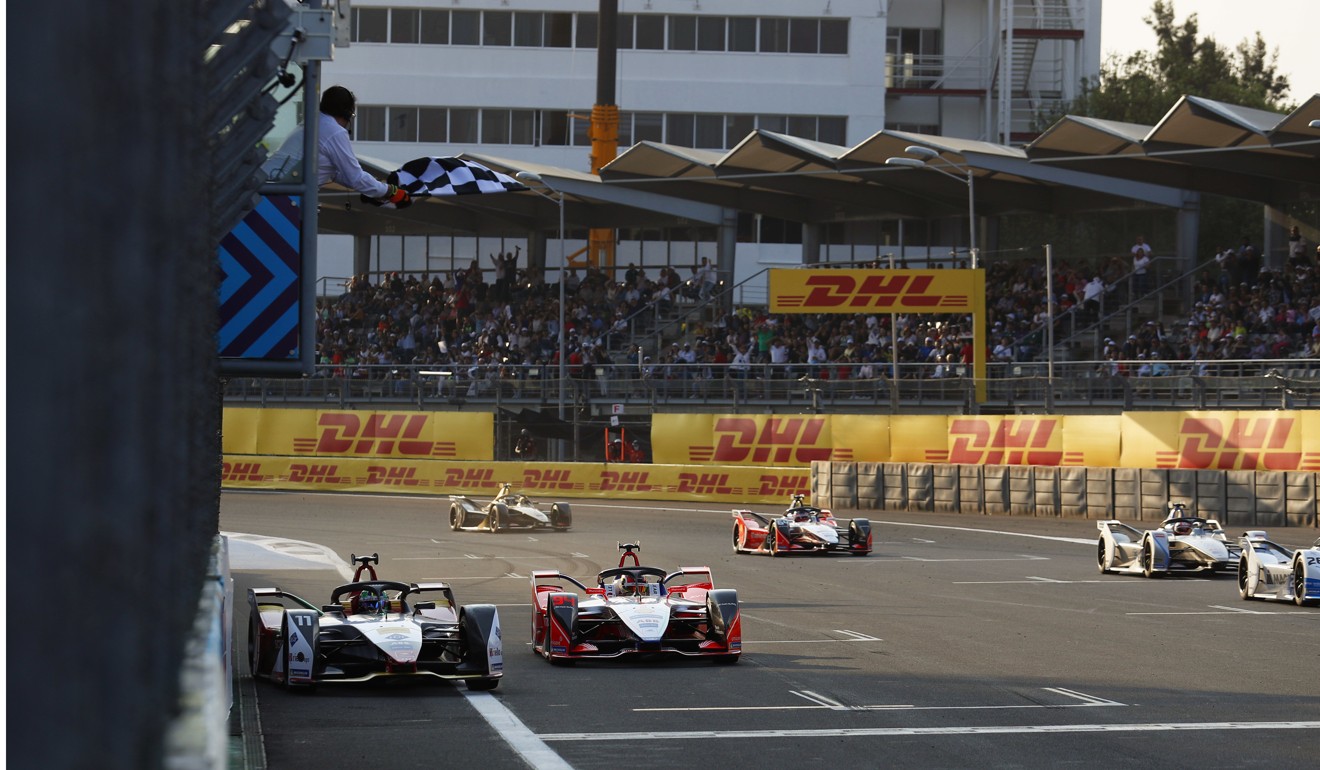
The fourth race in Mexico City last month was a thrilling hour of competitive chaos that saw 2017 champion Lucas Di Grassi win his first race of the season by overtaking Wehrlein at the death when the Mahindra driver’s battery ran out on the final corner.
“The new initiatives have led to incredibly exciting racing – just look at Mexico City,” Agag said. “The two Nissan cars miscalculated their energy usage and Pascal Wehrlein was overtaken on the line by Lucas Di Grassi.
“It was one of the best finishes and validates the changes ... the thousands of fans in the stadium section seemed to agree, if the sound was anything to go by.”

These fine margins of managing your energy add to the excitement – and it helps that everyone is on a level playing field.
There have been four different race winners from four different teams so far – Andretti’s Antonio Felix Da Costa won in Saudi Arabia, Jerome D’Ambrosio of Mahindra in Marrakesh, and Virgin’s Sam Bird in Santiago.
Don’t bet against a fifth different winner in Hong Kong – reigning champion Jean-Eric Vergne will certainly be hoping to get his first victory of the season.

Central Harbourfront is the next stop on the 13-race calendar, before a return to mainland China in Sanya on March 23. It’s the third time Hong Kong will have hosted Formula E.
While the city may have lost its spot on the calendar as the season-opener to Saudi Arabia, that could play in Hong Kong’s favour with the drivers likely to be more comfortable with their cars.
Of course, the beginning of the new F1 season is around the corner, and it will attract more eyes than Formula E once again.
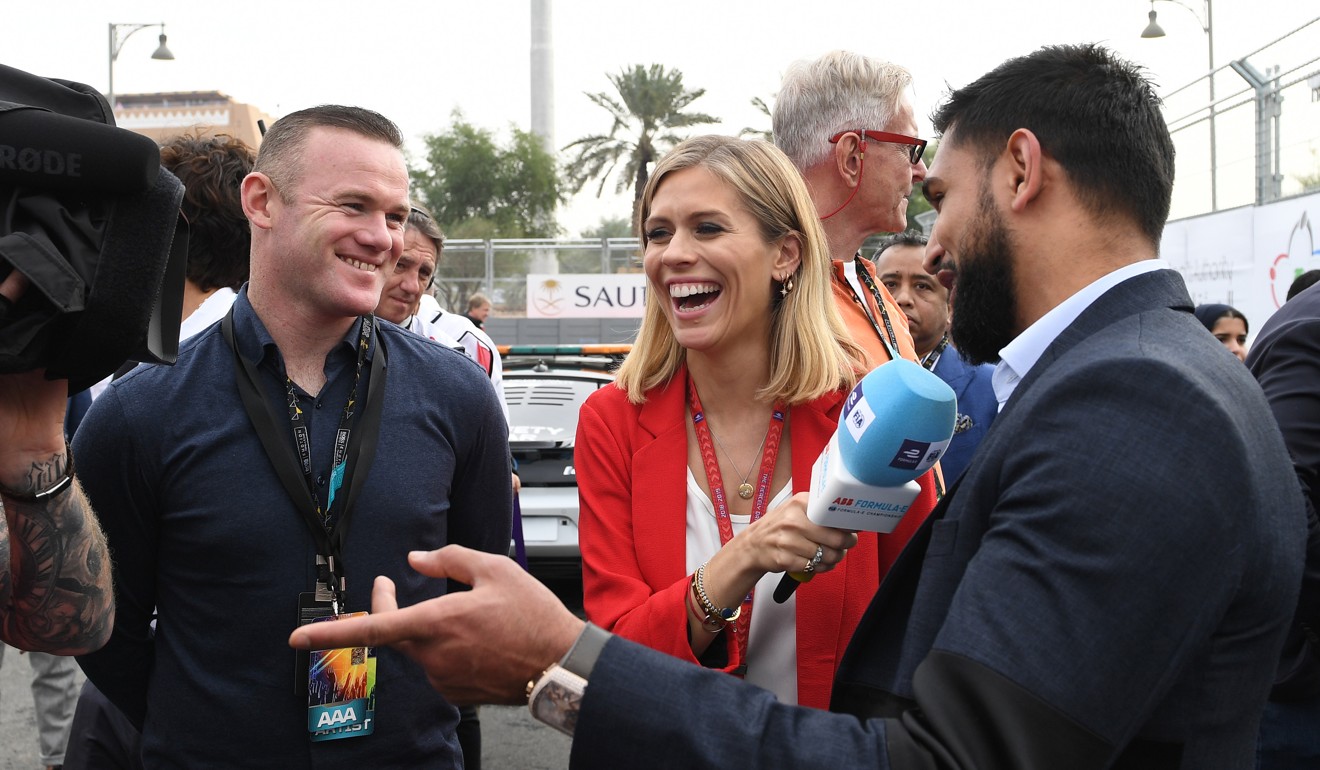
But Formula E is distinguishing itself as a different branch of must-see racing. Petrol-heads may scoff at the quiet cars and slower speeds, but if you want competitive, unpredictable action there is no better series to watch.
We all know Lewis Hamilton and Sebastian Vettel are likely to be contesting for victory at the Australian Grand Prix. But as to who will be on the podium in Hong Kong is anyone’s guess.
Just eight points separate D’Ambrosio (53 points), Da Costa (46 points) and Bird (45 points) at the stop of the standings, while another six drivers – Di Grassi, Wehrlein, Andre Lotterer, Robin Frijns, Vergne and Mitch Evans – could feasibly go top with a win in Hong Kong.
“It’s a championship finely poised,” Agag said. “I expect more of the same – more close racing and unpredictable results – in Hong Kong and for the rest of the season. “The title has gone down to the wire at the final event on each occasion and I expect the same this year.”
Formula E’s tagline boasting that it is “the fiercely driven” is certainly apt.

